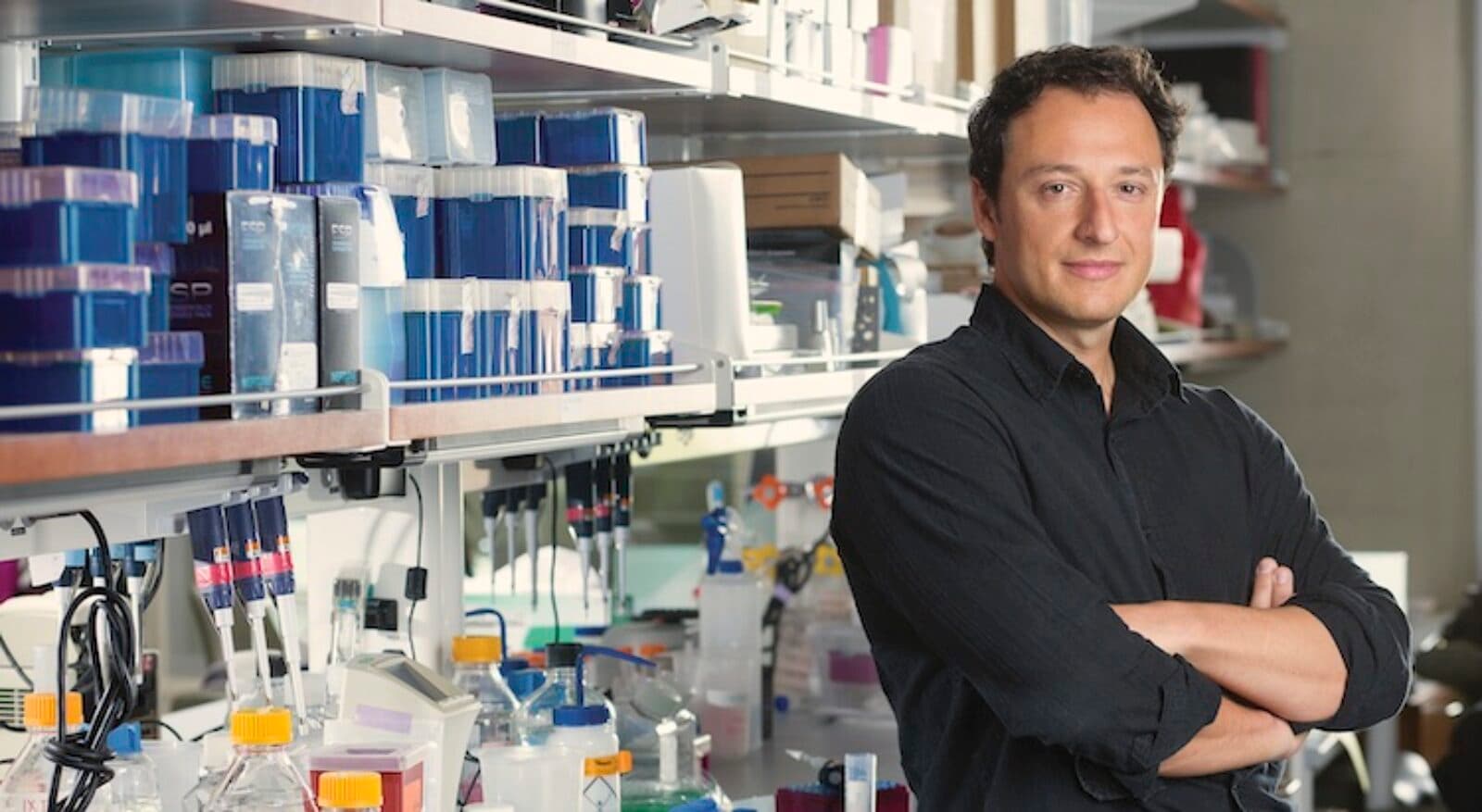How “Mini Brains” are Evolving
by Lindsay Borthwick
How Alysson Muotri models human brain development with organoids

The Author
The Researcher
Alysson Muotri is one of those scientist’s whose research makes headlines. Just last month, tiny clusters of human brain cells, known as brain organoids or “mini brains,” and grown in his lab, rocketed to the International Space Station, part of an experiment to study the effects of microgravity on neurons.
In 2016, at the height of the Zika virus epidemic in northeastern Brazil, Muotri—who was raised in Sao Paulo, where he also earned his Ph.D.—provided the first direct experimental evidence that the Brazilian strain could causing severe birth defects.
He has also grown human brain organoids engineered to contain pieces of Neanderthal DNA. The goal of “Neanderthalizing” the cell clusters is to understand the brain changes that distinguish modern humans from their ancient predecessors.
His ultimate research goal, according to a recent profile in the autism research magazine Spectrum, is to create organoids that can learn.
One of the reasons Muotri’s research draws so much attention is because he is one of very few scientists who works with living human brain cells. Before organoids were developed, accessing and experimenting with human brain cells, especially during development when neurons are multiplying and forming connections that will last a lifetime, was extremely challenging and ethically fraught.
“The embryonic human brain is a black box. We don’t have ways to experimentally access the live human brain tissue,” said Muotri,
That’s where his organoids come in. They allow researchers to study in a lab dish how human neurons function during development and how they are altered in disease. “Brain organoids can mimic the early stages of brain development,” he said, while also highlighting their limitations. “Still, it is important to note that brain organoids also have limitations, such as the number of cells, lack of vascularization, and the lack of inputs from the body.”
Making better brain organoids
Muotri is a professor at UC San Diego School of Medicine in La Jolla, California, and director of the UC San Diego Stem Cell Program. He is also a member of UC San Diego’s Kavli Institute for Brain and Mind.
The core of his research program focuses on modeling autism spectrum disorders and other neurological conditions that start during early embryogenesis. And while his research team has made many important contributions to our understanding of autism and other neurodevelopmental disorders, the mini brains themselves steal the show.
Most of the time, Muotri’s human brain organoids start from induced pluripotent stem cells (iPSCs), adult skin cells that have been reprogrammed to a more flexible state. Working in a dish, groups of iPSCs are separated into single cells, which are then exposed to a variety of chemical factors to coax them toward becoming brain cells. At that stage, the cells are not yet brain cells but are committed to following a developmental program to become neurons or other types of brain cells, such as glia. Then, these neural progenitor cells are stimulated to multiply, specialize into neurons or glia, and mature. Importantly, because the cells are grown in 3D cultures, the organoids are structurally similar to some brain regions, including the cortex.
From beginning to end, the process takes several months, and the resulting networks of cells can be matured for several months or even years. Muotri is able to coax the cells into becoming excitatory or inhibitory neurons, which in the human cortex are massively interconnected. Brain function, including our ability to learn, is shaped by the interplay between these two types of neurons.
Recently, his team has made a big step forward in modeling human brain development with organoids: the creation of networks of brain cells, including excitatory and inhibitory neurons.“To study autism and psychiatric conditions, where the neural network is altered, you need a functional excitatory/inhibitory network to begin with. We have now a recipe that can do this,” he said.
Surprisingly, the networks of brain cells are so active they generate brain waves resembling those that can be detected in preterm babies. He is currently taking a closer look at the electrical patterns they produce. With a team of other researchers, Muotri has a pilot grant from the Kavli Institute for Brain and Mind to compare the activity in the organoid’s neural networks with recordings taken from preterm babies. The research will help determine whether brain organoids could be used to study the early stages of brain disorders.